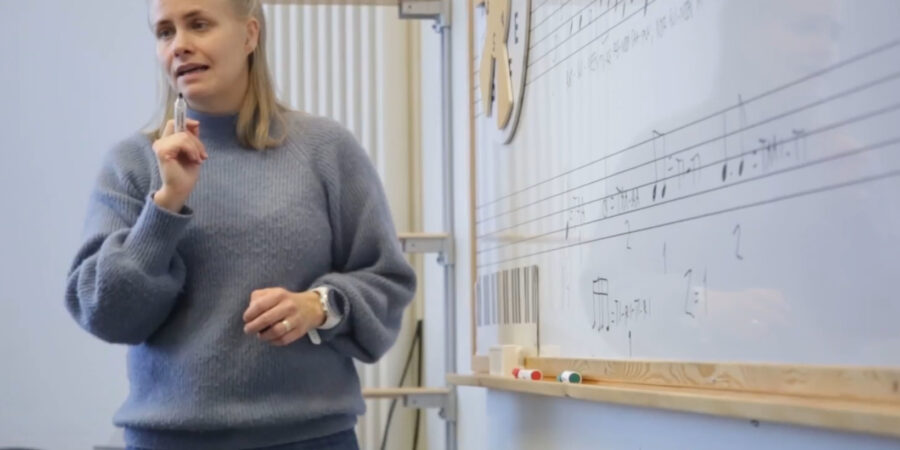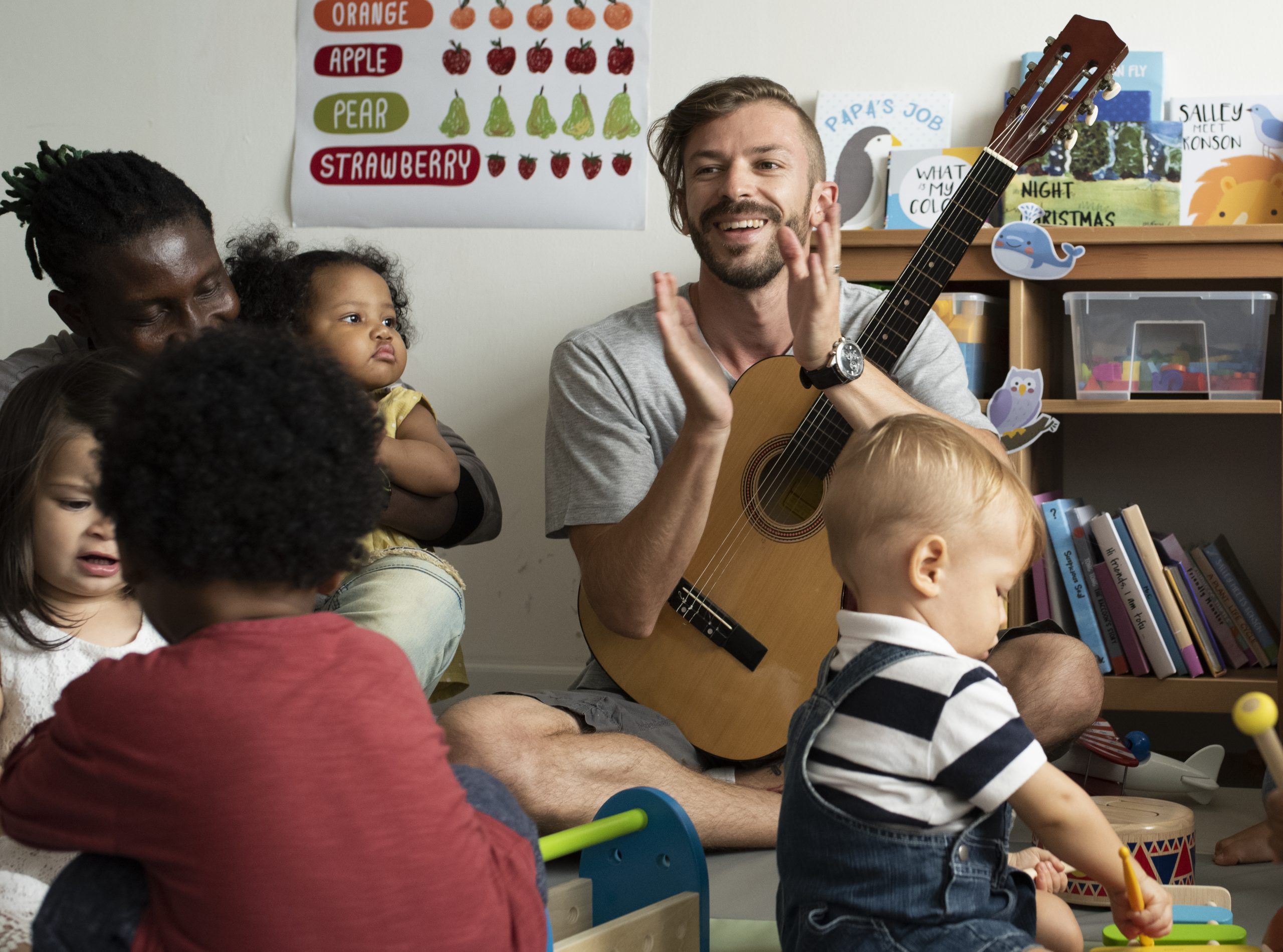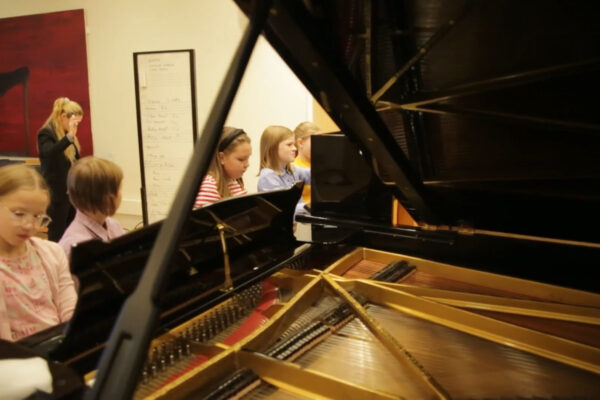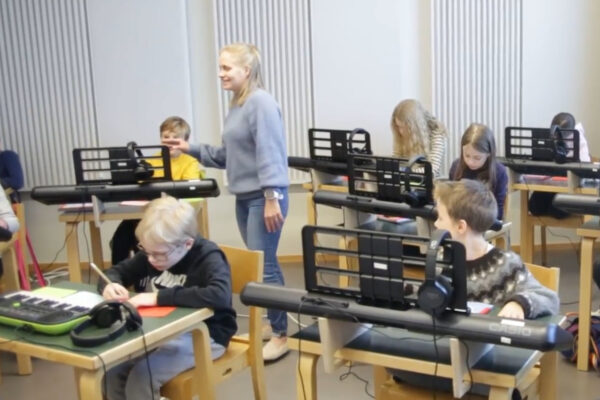
Description of the exercise on the video
My starting point for this project was to create a musical experience where we approach music from many different angles during one lesson. In this particular project all the musical elements are represented: rhythm, melody, harmony, structure,sound quality ja dynamics all in one assignment. The aim is for the students to be able to be as indipendent as possible, I’d like them to see what they created and understand that they can and are able do it. It’s important for the students to see the results of their own work.
Learning by doing
In my opinion all the musical elements are present in this small exercise. The melodic element is included in the singing, rhythm is in the body percussion and instruments are used in playing the final musical result. All this is based on the principal of learning by doing. This exercise includes the learning of many different skills and develops different musical senses.
The starting point
We start from a song that is familiar to everyone, we include a rhythm basis that can be an ostinato and it can be the same for everyone. Thus we have two actions contemporarily and the students can decide to focus more on one of them. This is also a good way to encourage and ‘smuggle’ singing to those who are reluctant to do it; while one concentrates on the rhythm, the focus isn’t on the singing.
that can be an ostinato and it can be the same for everyone. Thus we have two actions contemporarily and the students can decide to focus more on one of them. This is also a good way to encourage and ‘smuggle’ singing to those who are reluctant to do it; while one concentrates on the rhythm, the focus isn’t on the singing.
Overall it is good to have an exercise with many elements, like a polifonia of some kind, with rhythmic elements in addition to the singing, for example body percussion. The next step is to write it on paper.
Body percussion is always there
If you don’t have any instruments it’s good to remember that everyone has the possibility to do body percussion, that is a good place to start from. If we didn’t have to exercise distancing because of corona, we would’ve been closer to one another, maybe in a circle and be more choreographic which is something that I usually use a lot but couldn’t do now. One can really do a lot of things using only one’s body.
Variation tips for the exercise
 The teacher can hold up for example 4 different colored A4-sheets with different rhythm patterns and guide the students pointing at each sheet while the music goes on. This way the action is the same for everyone and not like I did it in the video where each student had their own self-created action. You can also split the class in half and thus make it a bit more challenging. There are no limits to the amount of variations!
The teacher can hold up for example 4 different colored A4-sheets with different rhythm patterns and guide the students pointing at each sheet while the music goes on. This way the action is the same for everyone and not like I did it in the video where each student had their own self-created action. You can also split the class in half and thus make it a bit more challenging. There are no limits to the amount of variations!
Teacher: Silja Hurtig-Veteläinen, Lapland Music Institute
Silja Hurtig-Veteläinen is mother of three children and music theory and perception teacher at Lapland Music Institute. She graduated from Sibelius Academy in 2010 in music theory. She also studied violin and piano, composition and choir conducting. Her pedagogical principals hold music and students’ independence in limelight. She gets inspired by students who continuously learn new things in the amazing world of music.
Download the exercise here:
Exercise Creative Music Theory lesson
Download the Finnish song Sirkuskulkue here:





